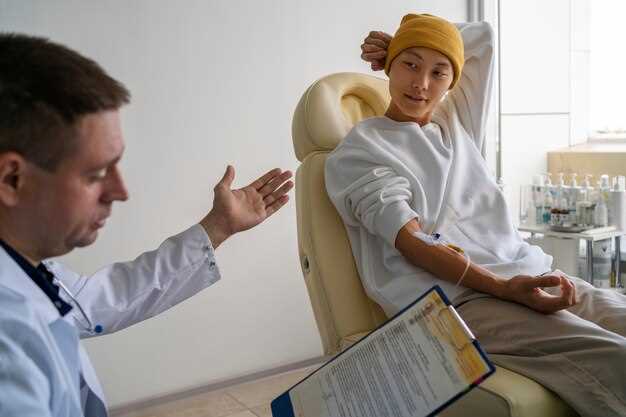
Looking to lower your cholesterol levels? Consider atorvastatin, a widely prescribed medication that effectively reduces cholesterol in the bloodstream. However, it is crucial to be aware of the potential risks associated with atorvastatin, including the rare but serious condition known as rhabdomyolysis.
Causes and Risk Factors

There are several causes and risk factors that can contribute to the development of rhabdomyolysis due to atorvastatin. One of the main causes is the use of atorvastatin, a medication commonly used to treat high cholesterol levels. Atorvastatin works by inhibiting the enzyme HMG-CoA reductase, which plays a key role in cholesterol synthesis in the liver. While atorvastatin is generally safe and well-tolerated, in some cases it can lead to muscle breakdown and the release of muscle proteins, such as myoglobin, into the bloodstream.
In addition to atorvastatin use, there are other factors that can increase the risk of developing rhabdomyolysis. These include:
- Taking high doses of atorvastatin
- Combining atorvastatin with certain medications or substances, such as fibrates, cyclosporine, or alcohol
- Having certain genetic factors that make an individual more susceptible to developing rhabdomyolysis
- Underlying medical conditions, such as kidney disease or hypothyroidism, which can impair the body’s ability to clear the breakdown products of muscle
- Engaging in strenuous physical activity or exercise, especially if the muscles are not accustomed to the intensity of the activity
It is important to note that the presence of these risk factors does not necessarily mean that an individual will develop rhabdomyolysis while taking atorvastatin. However, it is important to be aware of these factors and to discuss them with a healthcare provider to determine the most appropriate treatment and prevention strategies.
Causes and Risk Factors
There are several causes and risk factors associated with rhabdomyolysis due to atorvastatin:
| Cause | Risk Factors |
|---|---|
| 1. Medications | – Concurrent use of other cholesterol-lowering medications – Taking high doses of atorvastatin – Combining atorvastatin with certain antibiotics, antifungal drugs, or HIV medications |
| 2. Underlying Medical Conditions | – Kidney disease – Hypothyroidism – Diabetes – Liver disease – Alcohol abuse – Muscle disorders |
| 3. Intense Physical Activity | – Excessive exercise – Strenuous workouts – Marathon running or other endurance sports |
| 4. Trauma | – Crush injuries – Burns – Electrical injuries |
| 5. Infections | – Viral infections (e.g., influenza, HIV) – Bacterial infections (e.g., pneumonia) – Parasitic infections (e.g., malaria) |
It is important to be aware of these causes and risk factors, as they can increase the likelihood of developing rhabdomyolysis while taking atorvastatin. It is advisable to consult with a healthcare professional to assess individual risk factors and determine the appropriate course of treatment and management.
Treatment and Prevention
When it comes to the treatment of rhabdomyolysis caused by atorvastatin, prompt medical intervention is crucial. The primary goal of treatment is to prevent further damage to the muscles and organs and to restore normal muscle function.
Treatment:
The treatment of rhabdomyolysis usually involves the following:
- Immediate discontinuation of atorvastatin or any other medication that might be causing the condition
- Hydration therapy to flush out myoglobin and prevent kidney damage
- Pain management with analgesics
- Monitoring kidney function and electrolyte levels
- In severe cases, hospitalization may be necessary for close monitoring and intravenous fluids
It is important to note that treatment should be individualized based on the severity of the condition and the specific needs of the patient.
Prevention:
Preventing rhabdomyolysis due to atorvastatin involves identifying and managing the risk factors. Here are some preventive measures:
- Regular monitoring of muscle enzymes and liver function
- Avoiding excessive physical activity or exercise that can lead to muscle injury
- Informing your healthcare provider about any other medications or supplements you are taking
- Following the prescribed dosages and instructions for taking atorvastatin
- Reporting any unusual muscle pain, weakness, or dark-colored urine to your healthcare provider immediately
By following these preventive measures and closely monitoring your health, the risk of developing rhabdomyolysis can be significantly reduced.
In conclusion, timely treatment and preventive measures are essential in managing rhabdomyolysis caused by atorvastatin. By working closely with your healthcare provider and making necessary lifestyle adjustments, you can minimize the risk of experiencing this serious condition.
Complications and Prognosis

Rhabdomyolysis caused by atorvastatin can lead to various complications that can significantly affect the prognosis of the condition. Some of the potential complications include:
- Acute kidney injury (AKI): Severe muscle breakdown can result in the release of toxic substances that can damage the kidneys, leading to AKI. Prompt treatment is crucial to prevent long-term kidney damage.
- Myoglobinuria: The breakdown of muscle tissue releases a protein called myoglobin, which can accumulate in the urine and cause a condition known as myoglobinuria. This can lead to kidney damage and renal failure if not addressed promptly.
- Electrolyte imbalances: Rhabdomyolysis can disrupt the balance of electrolytes in the body, such as sodium, potassium, and calcium. Imbalances in these electrolytes can cause various complications, including cardiac arrhythmias and muscle weakness.
- Compartment syndrome: In severe cases of rhabdomyolysis, muscle swelling can increase pressure within closed compartments of the body, such as the legs or arms. This increased pressure can impair blood flow and potentially lead to tissue death if not treated promptly.
- Disseminated intravascular coagulation (DIC): Rhabdomyolysis can trigger a cascading activation of the blood clotting system, resulting in DIC. This condition can lead to abnormal bleeding and organ damage.
The prognosis of rhabdomyolysis largely depends on the promptness of diagnosis and treatment. Early intervention can minimize complications and improve outcomes. However, in severe cases, rhabdomyolysis can lead to long-term complications, such as chronic kidney disease or permanent muscle damage.
Prevention of rhabdomyolysis involves careful monitoring of patients taking atorvastatin and other statin medications. Regular muscle enzyme tests and monitoring of kidney function can help identify early signs of rhabdomyolysis and facilitate timely intervention.
